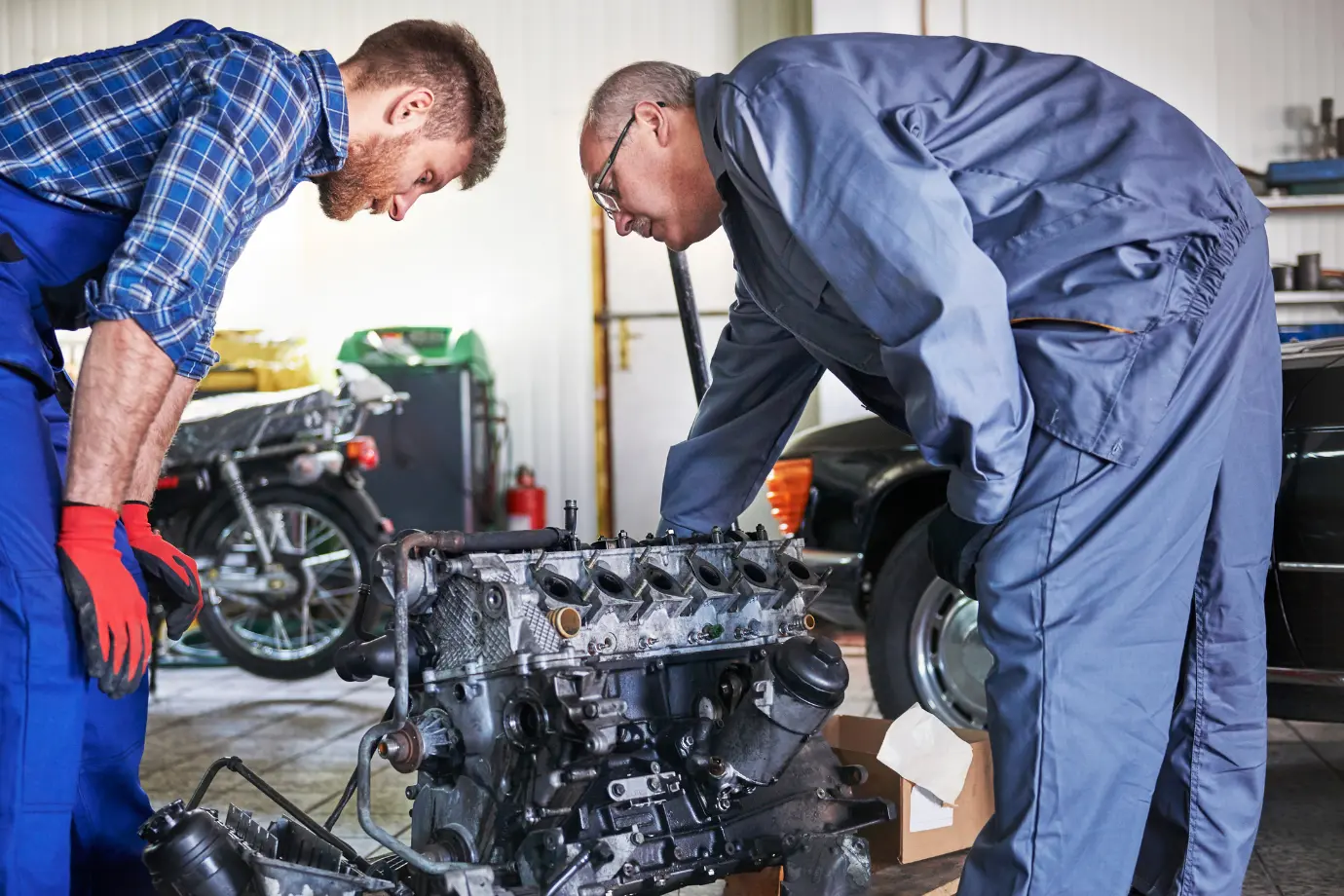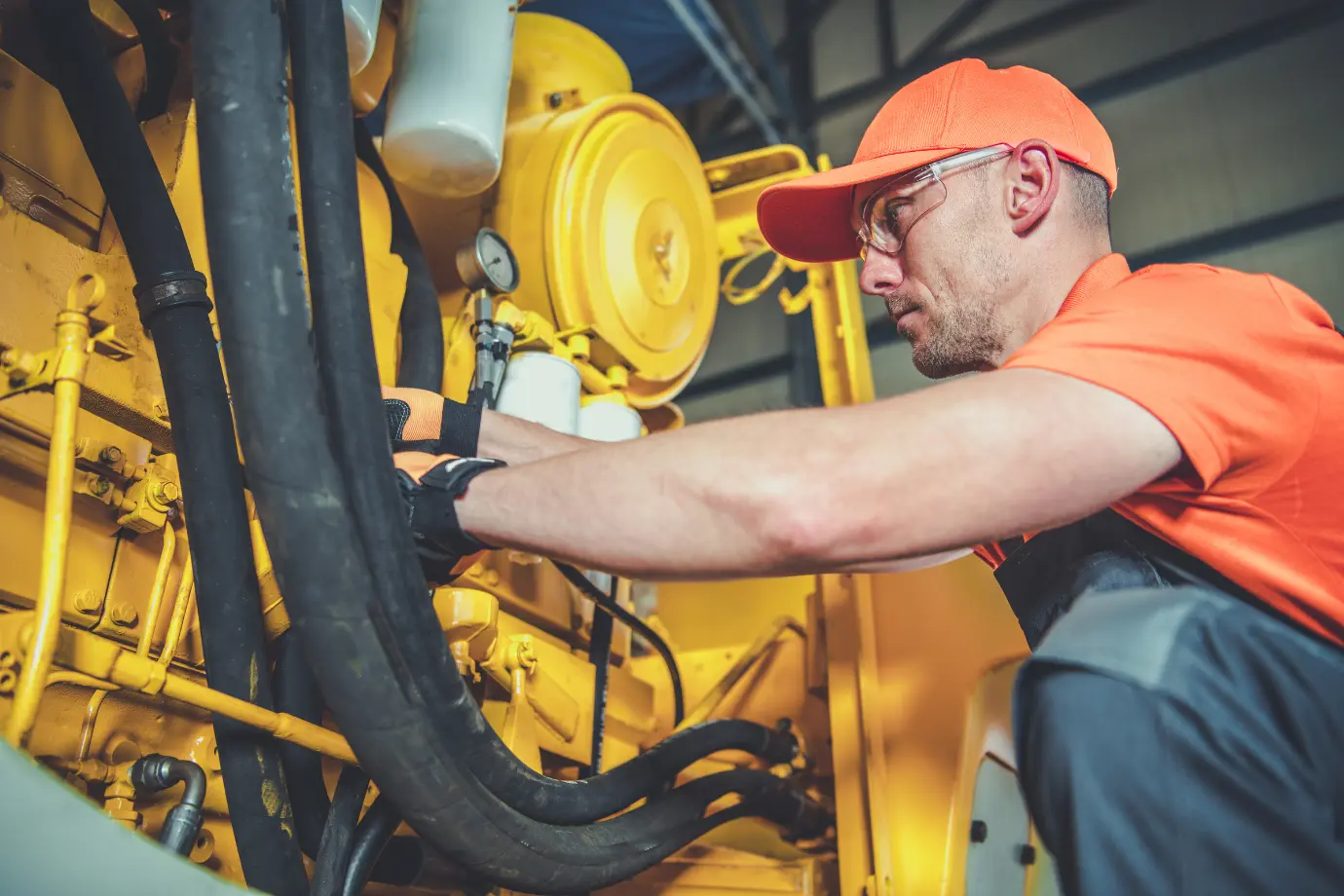Most electric vehicles (EVs) use lithium-ion batteries as their source of electricity. Lithium-ion batteries are rechargeable batteries that are normally used to energy portable gadgets and electric powered vehicles (EVs) in addition to hybrid electric powered vehicles (powered each by gas and electricity). The batteries are considered match for EVs because of their high power-to-weight ratio, high power efficiency, accurate high-temperature performance, and coffee self-discharge.
The idea of EVs is promising to deal with weather trade by slicing down on carbon emission. EVs are being supported as the obvious substitute to fuel-powered cars; they are confident for a rapid increase phase with the blending final results of longer range, lower battery fee and quicker charging rate.

The Challenges Faced by Fast Charging Are as Follows:
Model availability of EVs and their fast charging standards, battery technology gap including lithium plating, thermal management systems, economic and infrastructure issues promoted by demand charges, parking space and/or charging station; and the ability to convince utility providers to coordinate with all automakers.
- EVs and their speedy-charging standards: Fast charging is considered as intricate and advanced technology. The mainstream energy of speedy-charging Electric Vehicles prescribes six to 8 hours to score wholly charged batteries. Fast charging reduces the charging duration to 30 minutes only. This achievement comes stocked with some rules; EVs prefer AC and DC as source of strength to pump up their batteries. This strength is oft-times supplied from a strength grid. Alternating Current (AC) chargers are normally found in workplaces or public regions and they allot 5kw to 12 kw. Direct Current (DC) chargers, on the other hand, can be found at EV charging terminal. In comparison, DC speedy chargers are the most possible strength suppliers to hit a 30-minute charging duration due to their high-power supply.
- Battery technology gap and Lithium plating: Fast charging is thought to cause lithium-plating which takes place in cold temperatures when lithium deposits shape across the anode of the battery for the duration of charging; it deteriorates battery existence and protection.
Passive Cell Balancing:
The newest lithium-ion batteries with graphite anodes and flux metal cathodes in liquid electrolytes are unfit to clinch speedy-charging ambition without provoking electrochemical performance and protection. It is easy for graphite to produce lithium plating since the insertion of lithium into graphite happens within a totally narrow potential range that is close to the thermodynamic potential of the lithium ions.
The powerful detection of lithium planting to keep away from the thermal pathway of the battery is a vital step to ensure the safe operation of batteries. Beholding lithium plating and the context in which it's far possibly to occur is important to make good headway in speedy charge capable automobile adoption. - Thermal Management Systems: Temperature and humidity levels highly have an effect on the performance, protection and lifetime of battery cells, for this reason forging their dominance in a basically provocative state of affairs for battery integration into vehicles. As we now understand lithium-ion batteries or rather, all batteries pivot on the electrochemical manner whether charging or discharging and by a few unspecified means, these chemical reactions hinge on temperature.
This is why thermal management structures are positioned in a location to preserve tune f electrical (joule) heating and outside thermal effects, where if the temperature is above the ambient temperature, the loss of heat could arise through the condition, convection, and radiation. When the ambient temperature could be very high, then the thermal management gadget will perceive it inflexible to retain the temperature.
Note that battery temperature is not only influenced by the outside temperature, but also by using riding and charging as this could generally increase battery temperature. - Economic and infrastructure issues: Both the economic and infrastructure problems hindering the fruitful achievement of speedy charging have technical hurdles that need to be addressed; get admission to charging infrastructure should improve. Fast charging at this timescale desires to materialize at a charge that is sustainable to consumers, who rank no longer having sufficient get admission to green charging stations as the third maximum severe barrier to purchasing EVs.
- Convincing utility providers: As we move closer to a renewable strength-powered world, convincing utility vendors to trade their enterprise models can be a challenge. For Electric Vehicles, The electrical strength needed for charging stations poses a problem for utility carriers. If there is no problem, the companies might to obligated to contact every automaker who makes use of the charging station and tell them to quantity their energy usage. This issue can best be resolved if all EV producers merge to create an impartial platform, like a critical server, so the utility companies only must ship one load discount request. The manufacturer can respond accordingly, making it simpler for all parties involved.
Perspective
Now, we have seen that the techniques cast-off in fast-charging EVs have not yet lived up to the nitpicking standards anticipated in clinical excellence today, which makes it complex to draw particular conclusions. The article describes the cutting-edge situations, problems and development instructions of speedy charging generation for EVs, specifically regarding battery materials. None of the fast charging would be possible without the usage of batteries, particularly lithium-ion batteries.
All matters considered, it seems affordable to assume that fast charging may be achieved through different techniques wherein other possibilities are but to be uncovered. This places into consideration that the rate at which a lithium-ion battery may be charged is still now not speedy enough. Above all, this method cannot be carefully thought of as a success without its warranty of safely and wholesome battery existence. Lithium-ion is a 'squeaky clean' machine that best clutches what it can absorb; it's far slowly charged to stable an entire electrochemical reaction.
It is time for you to decide on what its miles that you want in your EV. Are you ready to gain from speedy-charging and at the equal time threat leaving your batter or EV susceptible to protection troubles? Or are you willing to watch for a later time wherein rapid charging may be safe to your EV and your battery?
Lastly, it has been spotted that the critical manner to remedy this trouble is to develop advanced electrode materials for instant-charging through improving the diffusion collective of lithium ions.
Feel free to connect, if you have any query.
Explore More Insights
About the Author
Chandra Shekhar
Chandra Shekhar is the Senior Manager, Strategy & Business Development at Intellinet Systems. With over a decade of experience in the automotive industry, Chandra Shekhar has led digital transformation and aftersales strategy initiatives for OEMs across multiple markets. His background combines deep industry knowledge with a practical understanding of how technology can solve real operational challenges. He focuses on making complex ideas clear and relevant for automotive and aftermarket professionals navigating ongoing change.


























